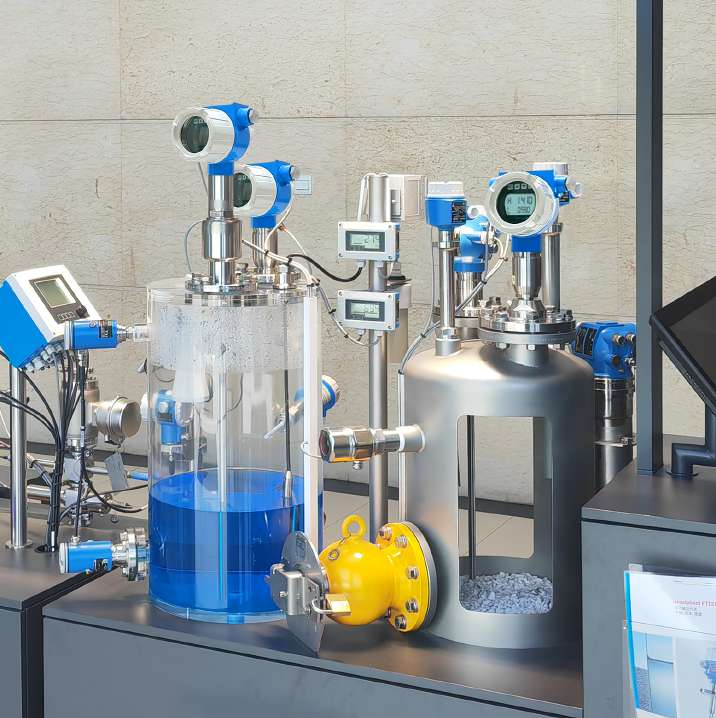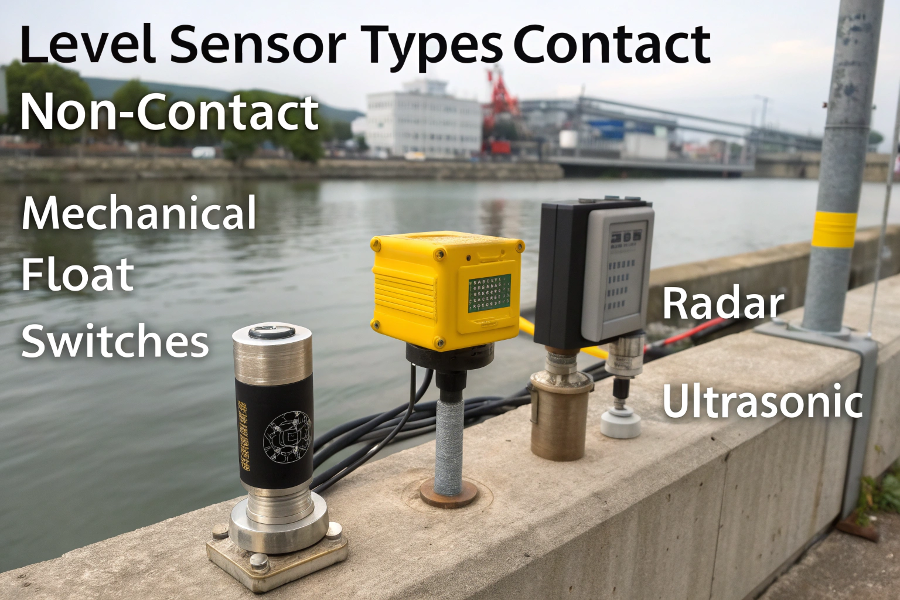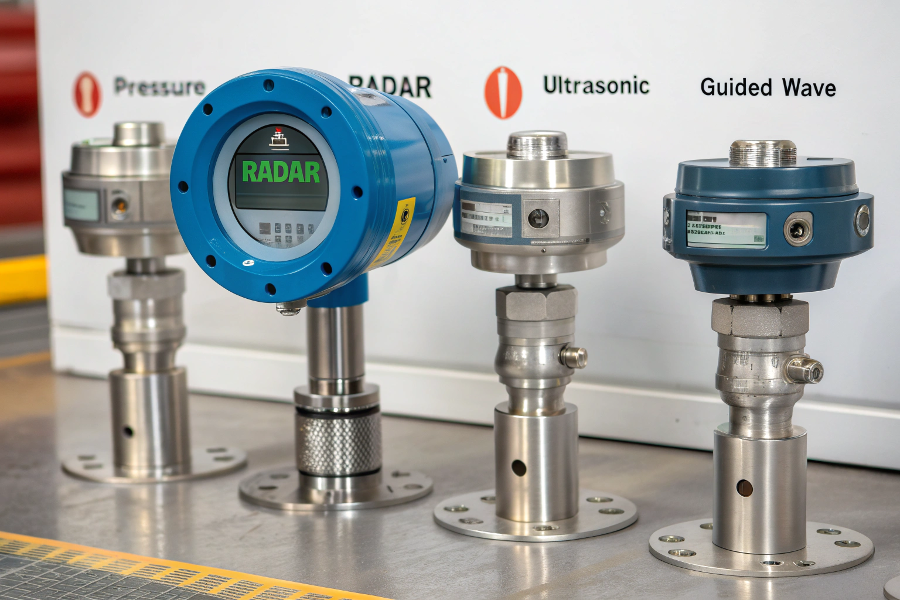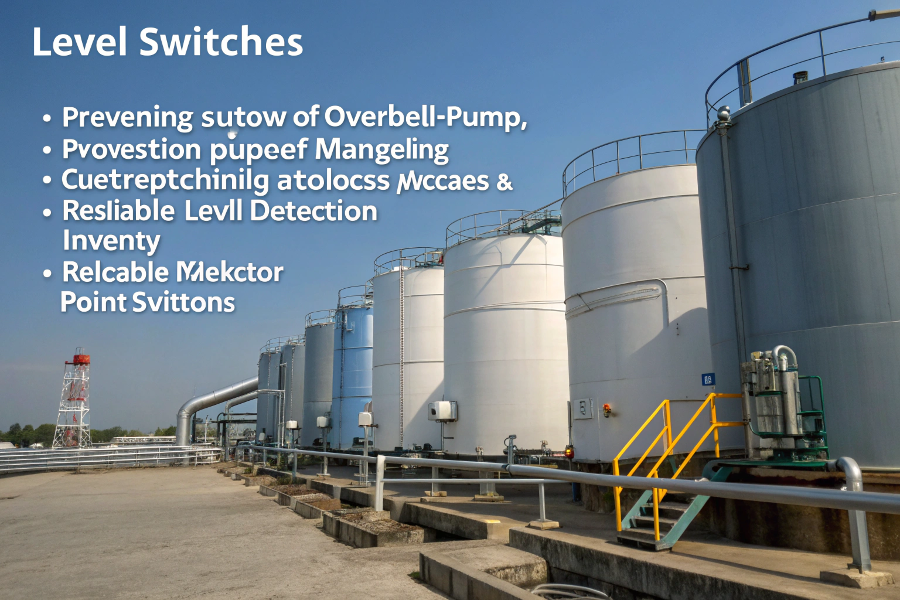Choosing the wrong type of level switch can lead to costly system failures, maintenance issues, and safety risks.
Level switches come in various types including float, vibrating fork, capacitive, ultrasonic, and optical technologies, each designed for specific applications and operating conditions.

Types of Level Switches
Let me share my experience in selecting and implementing different level switch technologies.
What Are the Different Types of Level Sensors?
Many industry professionals struggle to choose the right level sensor for their specific needs.
Level sensors can be categorized into contact and non-contact types, with technologies ranging from mechanical float switches to advanced radar and ultrasonic systems.

Level Sensor Categories
Based on my field experience:
Contact Type Sensors
-
Mechanical Types
Technology Operation Best Application Float Buoyancy General liquids Displacer Weight change Interface detection Magnetic Reed switch Clean liquids Conductivity Electrical Conductive liquids -
Electronic Types
Technology Operation Best Application Capacitive Dielectric Various materials Vibrating Frequency Powders/liquids Thermal Heat transfer Critical points Optical Light reflection Clean liquids
Non-Contact Sensors
-
Common Technologies
- Ultrasonic sensors
- Radar systems
- Laser devices
- Nuclear methods
-
Selection Factors
- Process conditions
- Material properties
- Installation requirements
- Maintenance needs
These options provide solutions for various applications.
Is a Float Switch the Same as a Level Switch?
This common question reveals a fundamental misunderstanding of level detection technologies.
A float switch is just one type of level switch that uses buoyancy, while level switches encompass many different technologies for detecting material levels.

Float Switch vs Level Switch
Drawing from my technical expertise:
Key Differences
-
Operational Principles
Aspect Float Switch General Level Switch Method Mechanical Various Moving Parts Yes Depends on type Maintenance Regular Varies Cost Lower Technology dependent -
Application Considerations
- Process requirements
- Environmental conditions
- Reliability needs
- Budget constraints
Selection Guidelines
-
Technology Benefits
- Application suitability
- Installation ease
- Maintenance needs
- Life cycle costs
-
Implementation Factors
- Training requirements
- Spare parts availability
- Support needs
- Future upgrades
These factors guide proper selection.
What Are the Different Types of Level Transmitters?
Understanding level transmitter types is crucial for accurate continuous level measurement.
Level transmitters provide continuous level measurement using various technologies like pressure, radar, ultrasonic, and guided wave radar, each suited for specific applications.

Level Transmitter Technologies
From my system design experience:
Transmitter Technologies
-
Common Types
Technology Principle Best Use Pressure Hydrostatic Liquids Radar Microwave Bulk solids Ultrasonic Sound waves Open tanks Guided Wave TDR Interface -
Selection Criteria
- Process conditions
- Material properties
- Accuracy needs
- Installation constraints
Implementation Strategy
-
System Integration
- Signal output types
- Communication protocols
- Control system interface
- Data logging needs
-
Operational Requirements
- Calibration methods
- Maintenance procedures
- Troubleshooting
- Documentation
These considerations ensure successful implementation.
What is the Purpose of a Level Switch?
Many users don’t fully understand the critical roles level switches play in process control and safety.
Level switches serve multiple purposes including overflow prevention, pump protection, process control, and inventory management through reliable point-level detection.

Level Switch Applications
Based on my installation experience:
Primary Functions
-
Safety Applications
Function Purpose Benefit High Level Overflow prevention Safety Low Level Equipment protection Reliability Interface Product separation Quality Emergency System shutdown Risk reduction -
Control Applications
- Process automation
- Batch control
- Inventory management
- Transfer operations
Implementation Requirements
-
System Design
- Safety integration
- Control strategy
- Alarm management
- Redundancy needs
-
Operational Support
- Regular testing
- Maintenance schedules
- Training programs
- Documentation
These functions ensure safe and efficient operation.
Conclusion
Selecting the right level switch type requires careful consideration of process conditions, material properties, and operational requirements to ensure reliable performance and safety compliance.
